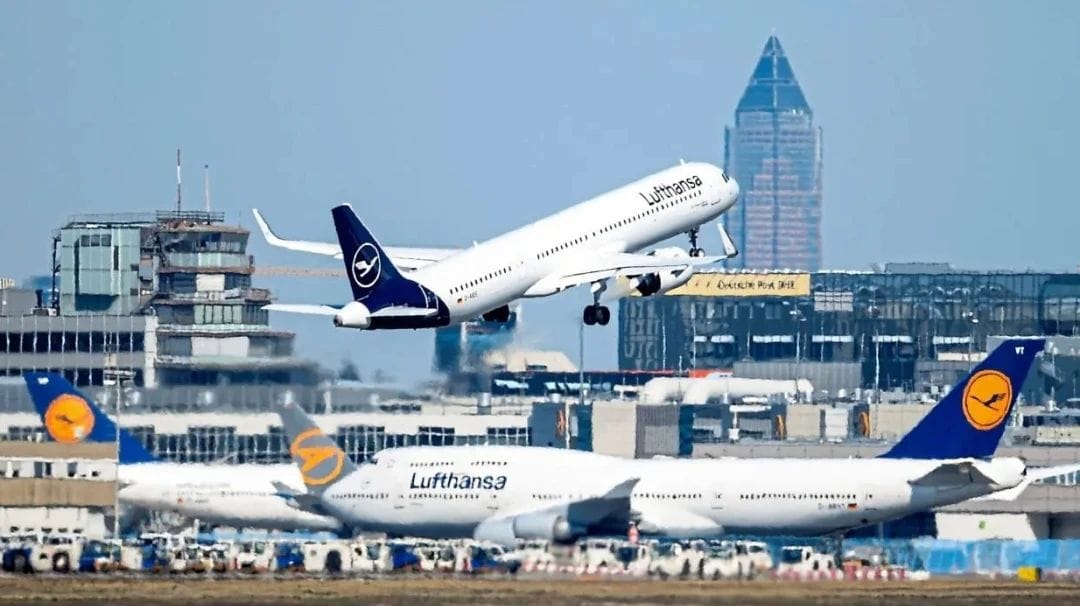
Finnair Flight 101 began as a routine trip, departing Helsinki just after 5 p.m. on February 22, 2022, bound for Hong Kong. The journey proceeded smoothly through the night, and the plane touched down shortly before 9 a.m. the next morning.
However, things quickly changed when Russia closed its airspace to most Western airlines within days of the flight. This closure not only affected flights to Russian cities but also blocked off a crucial air corridor between Europe and the Far East.
For European carriers, avoiding Russian airspace became inevitable, adding significant detours that increased both time and cost. Flight planners had to devise new routes that bypassed Russia, Ukraine, and other sensitive regions, which was particularly challenging given the complexities of the Middle East.
Typically, fuel costs account for about 25% of an airline’s expenses, and the longer routes turned previously profitable Europe-China flights into loss-makers. Some routes, which were set to resume post-pandemic, were suspended indefinitely.
According to an analysis of Cirium Diio data by Skift, in August 2019, Finnair operated 42 nonstop flights per week between Helsinki and China. By August 2024, that number had dwindled to just three, plus a daily service to Hong Kong. The total number of weekly available seats on China-bound flights dropped from over 12,800 to less than 2,800. Excluding Hong Kong, the figure was slightly over 800.
China stands out among Finnair’s Asian routes, where the reduction in service has been stark. In contrast, Finnair’s connections to Japan had recovered by August 2024, with four destinations served. Routes to Seoul, Bangkok, and Singapore had also returned to pre-pandemic frequency, with more flights planned to Phuket for the winter. All of these routes previously relied on Russian airspace, yet they are now either stable or improving. So why the significant drop in service to China?
Skift examined Finnair’s Helsinki to Shanghai route using Flightradar24 data, noting that before the airspace closure, the flight took around 8 hours and 30 minutes. By August and September 2024, the average flight time had increased to 11 hours and 24 minutes.
Chinese airlines, unaffected by Russia’s airspace restrictions, continue to operate flights, including Juneyao Air’s service to Helsinki. For Finnair, an additional three hours in the air is a tough sell, especially given the airline’s commitment to sustainability.
Finnair’s Chief Revenue Officer, Christine Rovelli, explained the company’s situation to Skift: “Due to the closure of Russian airspace, flight times to our Asian destinations have increased by between 10 and 40 percent, depending on the destination. We have successfully adapted to this situation, refocusing our network with a stronger emphasis on westbound flying, while still maintaining a significant presence in key Asian markets.”
Regarding China, Rovelli noted, “While we continue to fly daily to Hong Kong, we currently operate just three weekly flights to Shanghai, which will reduce to two during the upcoming winter season. We’re closely monitoring the market and adjusting our network accordingly.”
In August, British Airways announced the suspension of its London Heathrow to Beijing route, which had been running regularly since 1980. The service is expected to be paused until at least November 2025.
Despite the suspension of Beijing flights, BA continues to serve Shanghai and Hong Kong. However, from the end of October, the Hong Kong service will be reduced from twice daily to once a day. Additionally, BA will be using a Boeing 787-9 with 216 seats, replacing the larger Airbus A380 that once served the route with 469 seats.
In late September, Lufthansa also confirmed to Skift that it was “reviewing the continuation” of its daily service between Frankfurt and Beijing. A spokesperson acknowledged the increasing difficulty in maintaining a balanced financial performance throughout the year and indicated that the review was part of a broader strategy to better position the airline for the future.
In July, Virgin Atlantic announced it would be withdrawing from the China market after 25 years, with the final London to Shanghai flight scheduled for October 25. Virgin cited “significant challenges and complexities” as the reasons behind the decision.
The flight time for Virgin’s westbound journey between London and Shanghai is advertised as 14 hours and 20 minutes, while Chinese airlines complete the same route in under 12 hours. Virgin will maintain a codeshare partnership with China Eastern Airlines, allowing its customers to book on China Eastern flights under a Virgin Atlantic code and connect at Heathrow. While passengers lose Virgin’s signature onboard experience, they will benefit from a shorter flight time.
SAS Scandinavian Airlines also announced its departure from the Chinese market, with its final flight from Copenhagen to Shanghai scheduled for November 8. SAS explained that “current market conditions” influenced the decision but kept the possibility of a future return open. “China remains an important market for SAS, and we will actively monitor the situation for opportunities to restore our presence while continuing to serve our customers through other Asian destinations,” the airline said.
